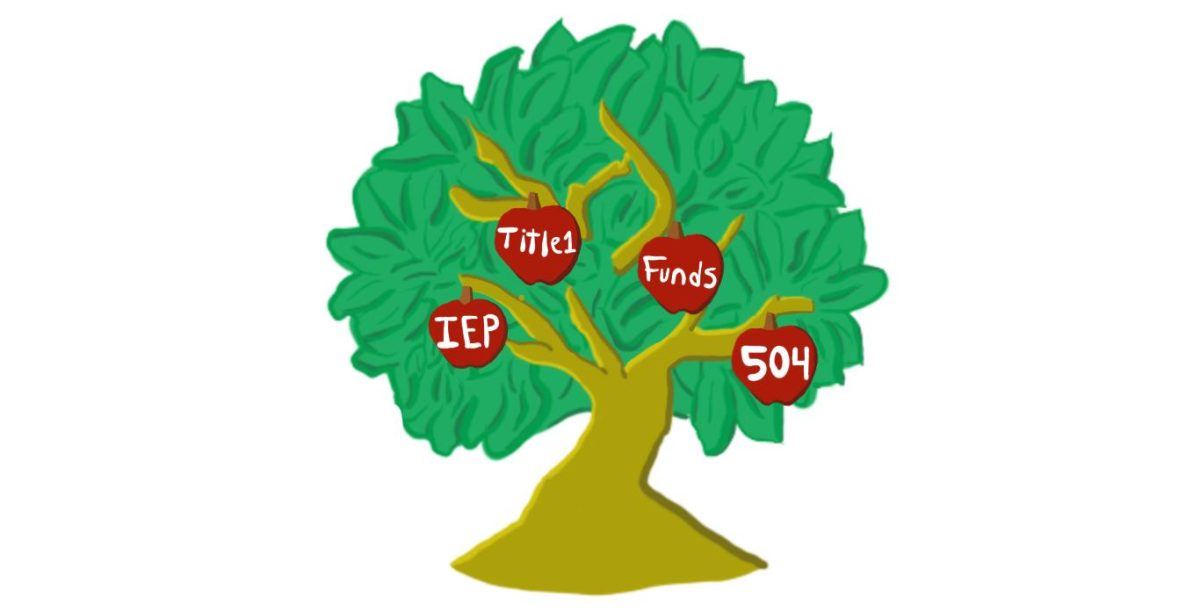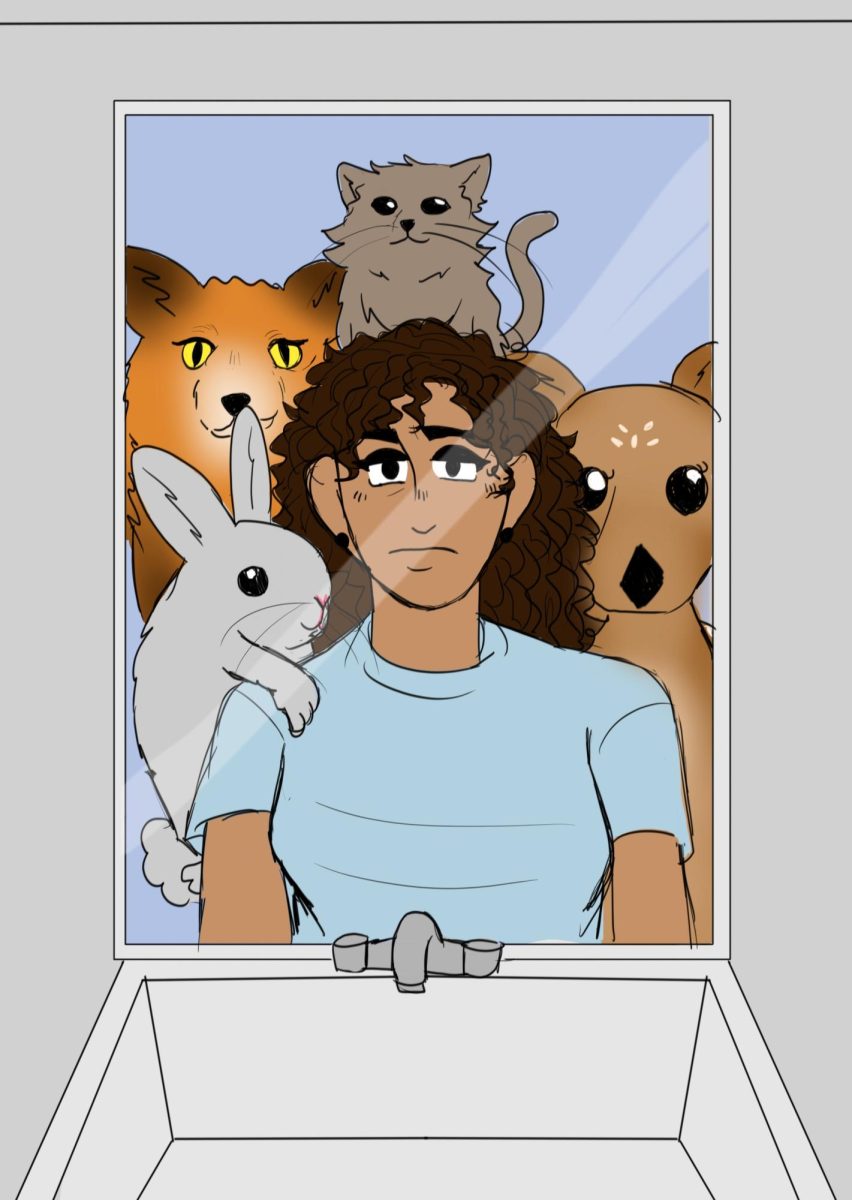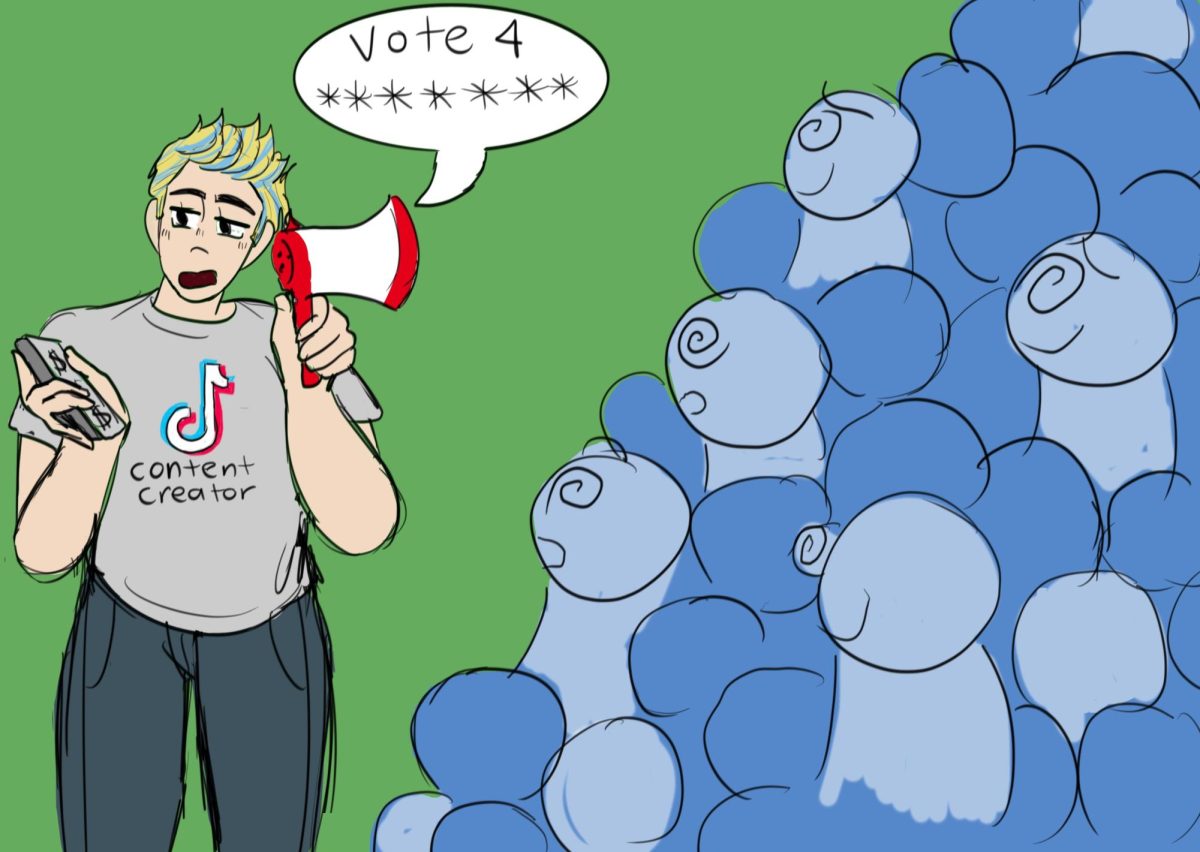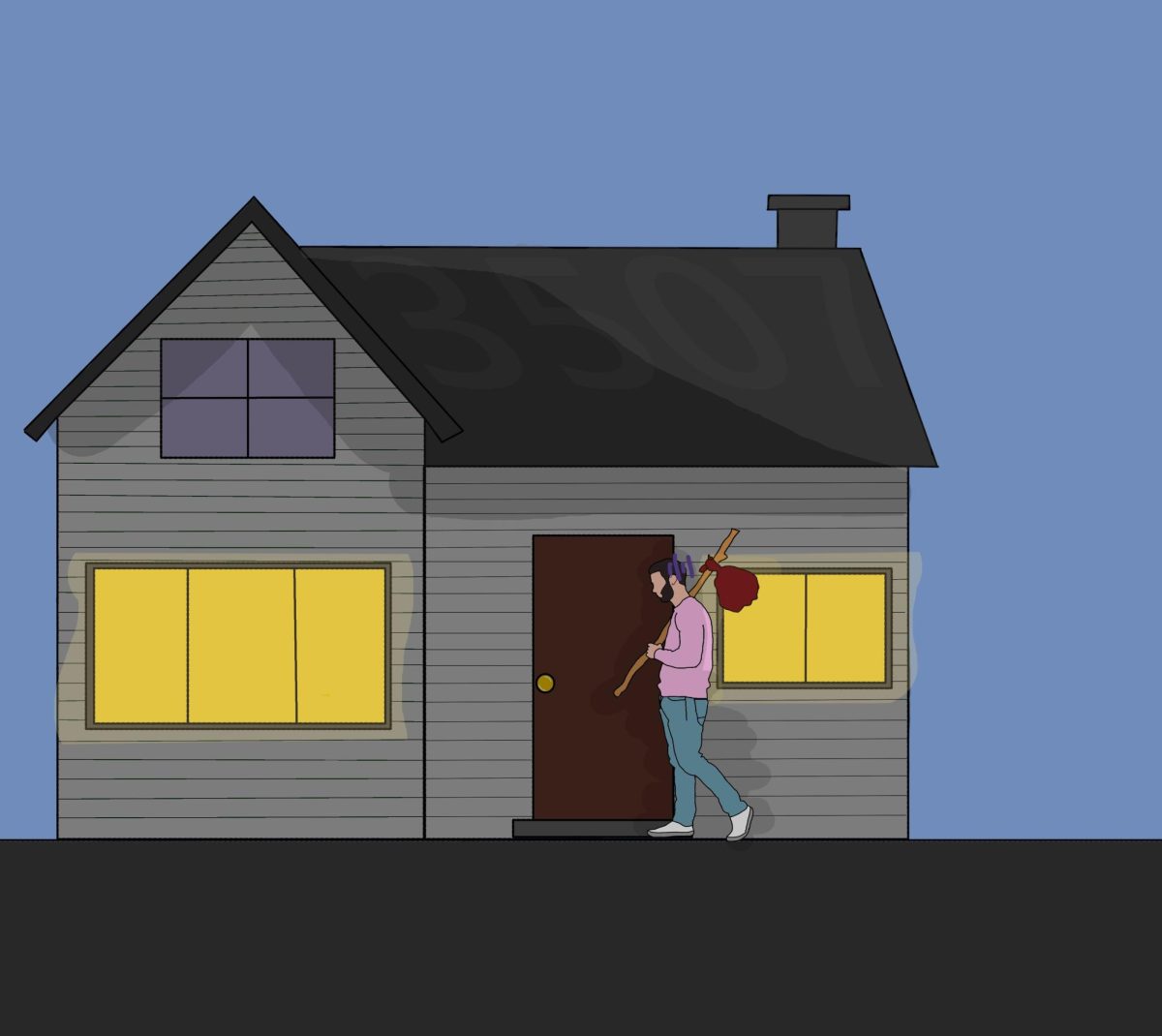On July 21, the “Barbie” movie came out expressing the idea of women’s struggles in the modern world. In the movie, the real world was compared to “Barbie Land.” Barbie learns about what it is like to be a woman through her action-packed journey to the real world. Many people that have watched Barbie recognized the emphasis that is put on the idea of women’s struggles throughout the movie and recognize the importance.
American Media, a media organization, states how the Barbie movie brings light to women’s struggles that they are constantly faced with. The movie also gave women a voice to express these struggles in a way that many can relate to and have it “feel true.” Specifically, in the movie, Barbie is encouraged to forgive herself for her imperfections and mistakes which represents “all the impossible expectations placed on modern women.”
The director of Barbie, Greta Gerwig, was able to bring up “taboo topics” that are not brought up often in society such as “the importance of reproductive health.” With these topics being voiced through humor throughout the movie, it allowed women to “feel seen” even in a comedic way.
Barbie learns the harsh reality of what womanhood is throughout the movie and struggles to come to terms with it. In society, many women also go through this struggle especially while growing up. Although it can be a sensitive topic, it was much needed in the movie and was recognized, as it should be by many. Women are able to overcome these everyday struggles even when the world “is so often against them.”
Another problem many women face is forms of harassment that cannot be controlled. The Conversation, an independent news organization, explains how in the movie, Barbie is harassed and catcalled while roller skating. Barbie feels uncomfortable after the encounter whereas Ken feels admired. NPR found that 81 percent of women in America have experienced sexual harassment in many different ways.
The Barbie movie accurately represents the objectification that women face daily. The New Yorker, a weekly news magazine, describes how Barbie was faced with many “human-world phenomenon’s” and what it is like to live in the real world, where nothing is perfect. Women long for the day that “a woman’s life does not demand heroic struggles” in a society.
The patriarchal aspect of our society compared to “Barbie Land” is very accurately represented and shows how harmful it is to society. The Conversation argues that “It’s not a Barbie doll that threatens women’s rights, opportunities and safety – it’s the patriarchy.”
People’s world, a news publication, adds that the movie addresses many problems such as patriarchy and women’s oppression. They highlight the fact that in a society dominated by men, “women are constantly oppressed even though they make up half of the population.”
With the major differences between “Barbie Land” and the real world, Barbie questions how they could be so different and how the dominance over women became so normalized in the real world. Women are almost treated as “second-class citizens.” Why is there not the same resistance to the way women are treated in the real world compared to “Barbie Land?” Why can we not change to a society that does not have such a harmful patriarchy?
The New York Times, a daily newspaper, puts it in simpler terms by comparing the ways women are treated to “putting them into little boxes” and being constantly being put down by the male-dominated society. The Barbie movie displays topics women face that are not talked about enough in our current society. Gerwig takes these topics head on in a way that can be recognized by anyone.








